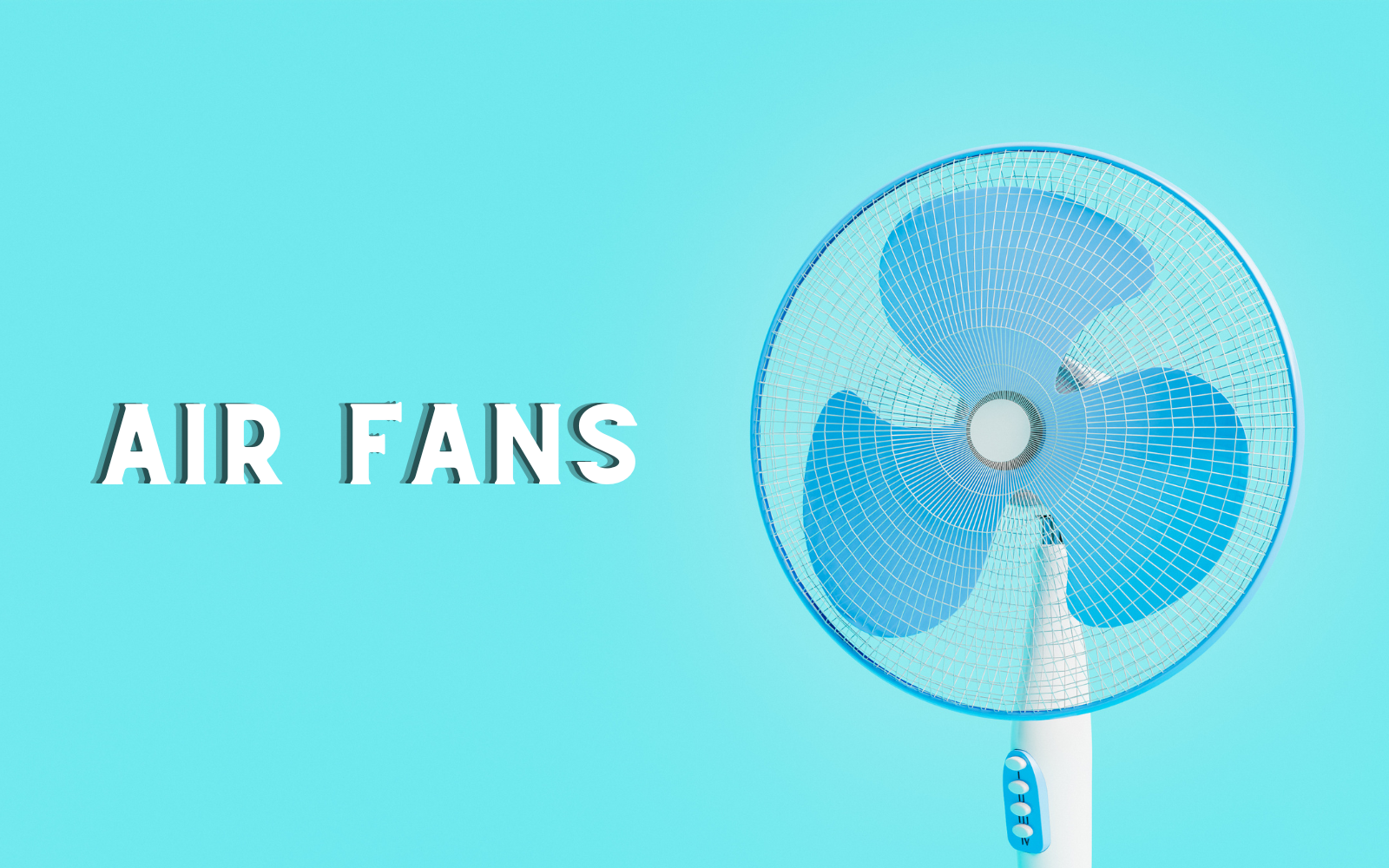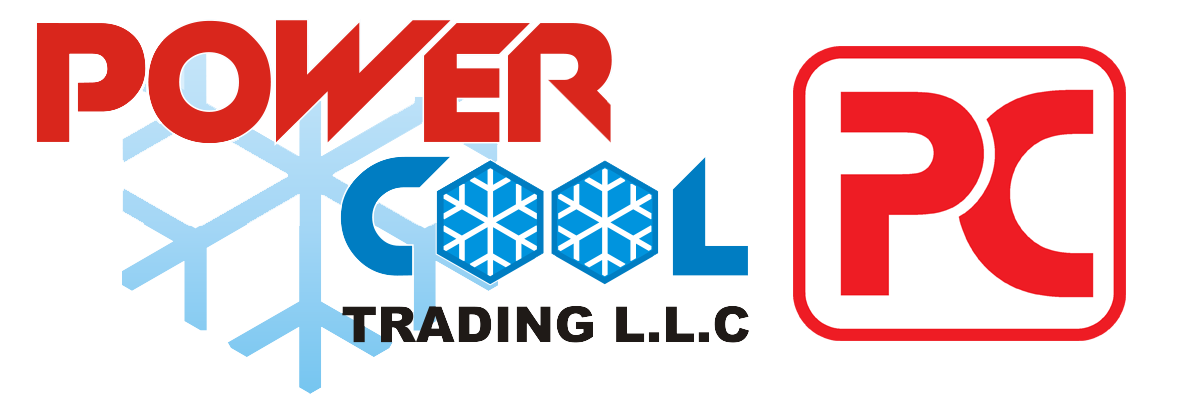Tips and Tricks
4 Best Alternatives to Central Air Conditioning in This Summer 2022
Just because you don’t have a central air conditioning system in your home doesn’t mean that you have to suffer through the sweltering summer heat. There are many ways to keep cool when the mercury starts to rise.
From a cheap fan to a fancy portable air conditioner, let’s take a closer look at the advantages, disadvantages, and potential costs of the four most popular alternatives to traditional central air conditioning.
1. Portable Air Conditioners
Advantages
Even if you have an HVAC system, portable air conditioners are a great way to keep cool and save money at the same time. Unlike a central air conditioning unit, a portable air conditioner allows you to cool a specific room rather than waste energy and money cooling your entire home—including all the unused rooms. Not only does this save you money on energy use, but it also allows you to keep your most-used rooms at the precise temperature you want.
With portable a/c units, there is a special adapter kit that will be used to vent the warm air out of a window. There are also models that allow you to vent hot air through your fireplace or through a hole in an exterior wall.
Disadvantages
For all of their advantages and efficiency, portable air conditioners aren’t without their disadvantages. For one, they’re usually a little more expensive than window air conditioners and will likely use more energy. At this time, there are no portable air conditioners that have earned an Energy Star rating.
Cost
The cost of a portable air conditioner will range anywhere from $300 to $1,500. This wide range is determined by many variables, including the size, features, and overall energy efficiency of the portable air conditioning unit. The first step in figuring out which portable air conditioning unit is right for you is to determine the size of the area it’s intended for, as well as the amount of BTUs you’ll need to efficiently cool that area. Our BTU cooling calculator will help you figure this out.
If you have a small home or apartment, you don’t need the largest air conditioning unit. On the flip-side, if you’re trying to cool a warehouse or server room, perhaps a commercial-sized unit would be the best fit for you.
Final Thoughts
While this is debatable based on your current living situation, we’d rank the portable air conditioner as the best cooling alternative to a central air conditioning system. Not only do they help you cut down on the overall amount of energy you use, but these devices will also help you save a ton of money while keeping the temperature precisely where you want it. Although window air conditioning units may be more energy-efficient, portable air conditioners still have the advantage of being easier to install and the ability to easily be moved from room to room. Because of these factors, this is the best A/C alternative currently available for consumers.
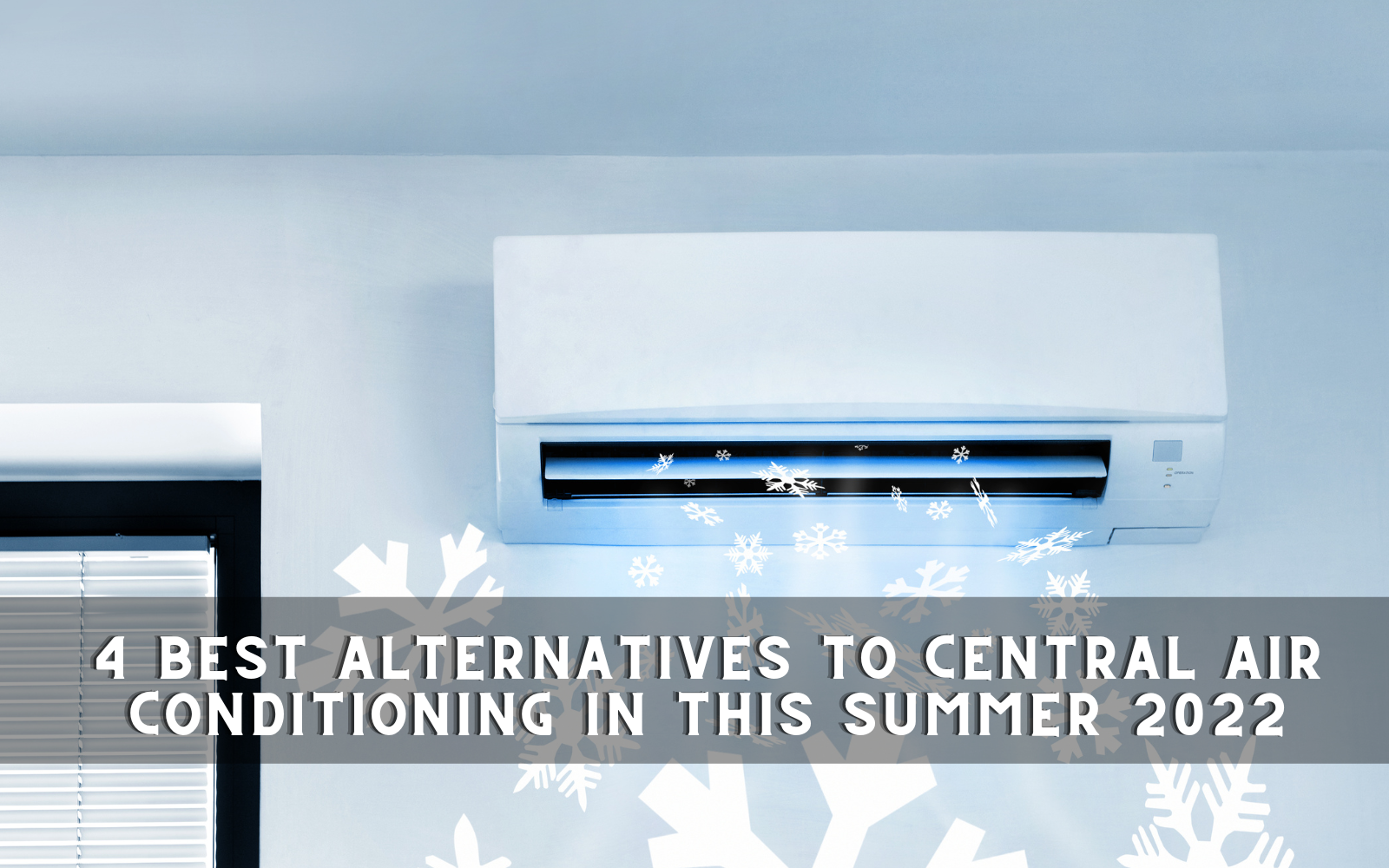
2. Window Air Conditioners
Advantages
As the name suggests, window air conditioners are cooling devices that are installed directly in your window, or through-the-wall depending on the type you buy. One of the main advantages of this type of air conditioner is that it doesn’t take up any floor space. You install it once and you’re done. It will vent through the back of the unit, which is the part sticking outside.
Window air conditioners are also extremely energy efficient. Much like portable air conditioners, window units allow you to cool one particular area of your home giving you an opportunity to save money on your energy bills. For maximum energy efficiency, you should consider an Energy Star-rated unit, as there are many currently available to consumers.
Disadvantages
Another common disadvantage is that since this type of air conditioner is installed directly in the window, you will be forced to give up the view and natural light coming in from that window. For many people, this isn’t a big deal as they prefer to have a cool and comfortable living environment than a nice view, but it is something that should be considered when looking into central A/C alternatives. Of course, if you decide to go with a through-the-wall unit, you won’t lose your view or natural light. This is great until you realize that you’ll have to hire a professional to cut a hole in the wall of your house in order for the unit to be installed.
Another disadvantage that may affect you, is that some homeowner associations prevent you from installing window air conditioners. Commonly referred to as an eye-sore to the neighborhood, it’s not uncommon for HOA’s to have a ban on these units. As ridiculous as it sounds, if you find yourself in this situation, you’re better off going with a portable air conditioner.
The Cost
The overall cost of a window air conditioner can range anywhere from $200 to $1,000 for the unit itself, depending on the size and shape of the unit. If you’re purchasing a through-the-wall A/C unit, keep in mind that you may have to pay for it to be installed. This will drive up the overall cost tremendously. Once you know the size of the space the unit is intended for, as well as how many BTUs you’ll need to efficiently cool that space, you’ll be able to narrow down how much you can expect to pay.
Final Thoughts
Coming in a close second behind portable air conditioners, window units are indeed a solid alternative for central air conditioning. While you may save quite a bit on your energy bills, the lack of portability is the main downfall of this type of air conditioner. If you live in a small space, portability may not be an issue you’re concerned with, which would make this A/C unit very appealing. However, if you spend time in multiple rooms, you’ll likely need to buy and install a unit for each individual room.
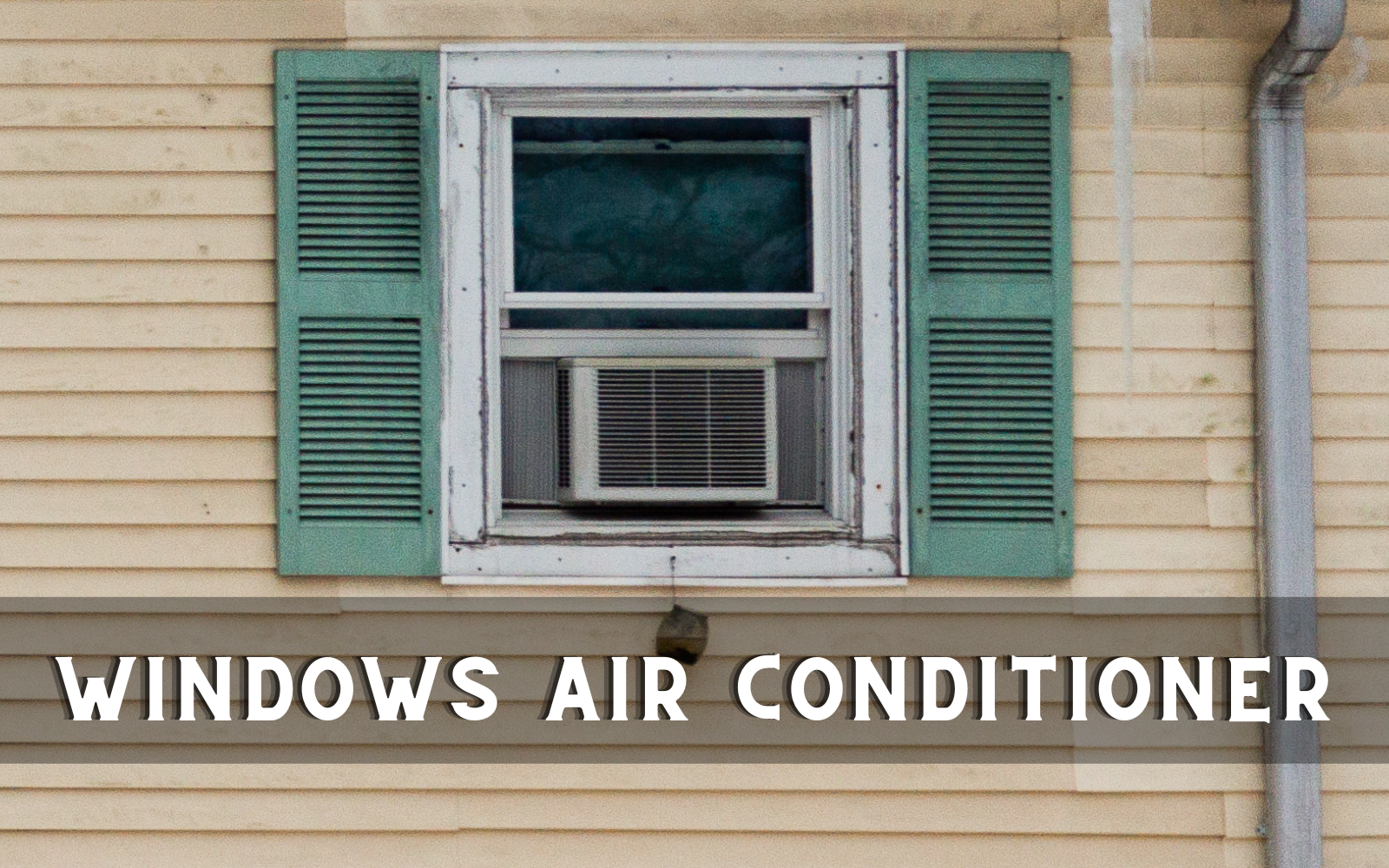
3. Mini-Split / Ductless Systems
Advantages
Another great HVAC alternative is mini-split air conditioners, sometimes referred to as ductless air conditioners. Essentially, this type of air conditioner is a hybrid of a window and central air conditioner. Mini-split air conditioners have a small condenser that goes outside and is connected to an evaporator positioned high on a wall or on a ceiling.
One major benefit of mini-split systems is that they are oftentimes quieter than other central air conditioner alternatives. Since the condenser goes outside, these units are great for quietly cooling your room. Because the components are so compact, a mini-split unit can be placed almost anywhere. Typically, they are installed out of the way, high up on a wall. All you need is a three-inch hole for the connecting tube between the condenser and evaporator.
Perhaps the most appealing advantage of a mini-split system, is that you can have multiple units set up in various “zones” of your home. Depending on how large your living space is, and how many zones/rooms you want to be cooled, you have the option of choosing between single, dual, triple or quad-zone A/C units. This is a major advantage that mini-splits have over other A/C alternatives.
Another advantage worth noting, like other A/C alternatives on this list, is that these units are extremely energy efficient. Whether you have a single-zone or a multi-zone unit, you have the ability to cool whatever zone you want, while leaving other zones turned off. Some even come equipped with timers and remote controls to help give you better control of the appliance.
Disadvantages
The main downside of mini-split air conditioners is that they cost quite a bit more than other HVAC alternatives, and that cost will come in two waves. The first, is the initial cost of buying the unit. Second, having to pay a professional to install the unit. Unfortunately, the costs of having mini-splits professionally installed will vary due to where you live, this is mostly due to how many technicians in the area know how to install this type of air conditioner. Finding an HVAC installer is easy, but for mini-splits, it may prove more difficult.
The Cost
There’s no way around it. Mini-split units are expensive to buy and install. While the initial cost of the units will range based on features and zones, you should plan on spending anywhere from $1,500 to $5,000. You then have to account for a professional technician to come in and properly install it. The cost of the installation will also range. We would recommend calling around to inquire about costs before you buy your unit. This will help guide you in your decision.
Final Thoughts
While the upfront costs may give you sticker shock, the overall benefits of mini-splits are likely to outweigh the disadvantages. However, this really just depends on your situation. For those living in a small home, portable or window units may be the best option as they are cheaper and easier to install, but if you have multiple areas of your home that you want to keep cool, then a mini-split may be your best option. We rank this at #3 as an alternative to an HVAC unit. For many, it will work just fine. For others, it is an unnecessary expense.
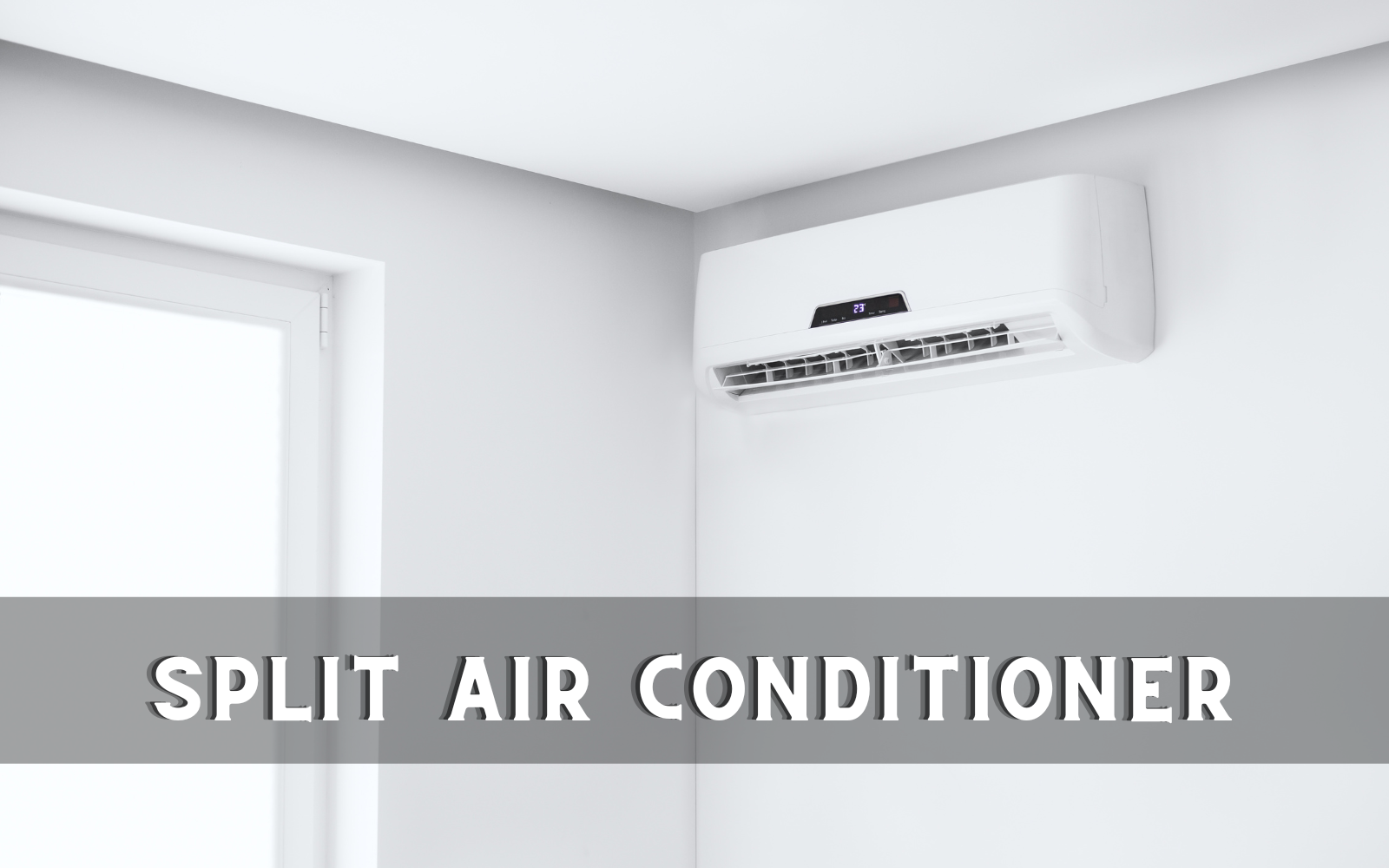
4. Air Fans
Advantages
The good old fan is typically the first item one thing of when it starts to get hot. They’re great to plug in and get instant relief from the heat. For the most part, they are small and light enough to easily move from room to room with ease. For most fans, installation is easy; you simply plug it in. Another major advantage of an air fan is that they require very little energy to operate. It’s unlikely that you will even notice a bump in your energy bills.
It also must be noted that these advantages, and subsequently the disadvantages, will vary depending on the different types of air fans used. For example, a ceiling fan is not portable and will use more energy.
Disadvantages
Most air fans don’t actually do much in terms of “cooling” the air. These devices simply help circulate the air around you, which helps give you the sensation that you are being cooled off. As an alternative to central A/C, this would be a significant disadvantage.
Although evaporative air coolers do indeed help cool the air with the use of water, so you will notice more humidity in your home. This type of air fan is only recommended in dry, hot environments where excess humidity wouldn’t cause any issues.
The Cost
The cost of air fans may range from extremely cheap to a few hundred dollars, all depending on the type of fan you buy. Your standard circular or tower air fan can range from $5 to $150. Evaporative air coolers may range from $100 to $600. Ceiling fans may range from $50 to $300, plus the cost of installation if needed.
Final Thoughts
The classic fan is typically the first item one thinks of when it starts to get hot. Sure, they help provide some instant relief, and they may be cheaper to buy, but are they really a great alternative to an HVAC air conditioner? We don’t think so. That isn’t to say their not worth investing in, as they can be of great assistance in circulating cool air around your home. But as a go-to cooling solution, a simple air fan will not be enough to do the job.
